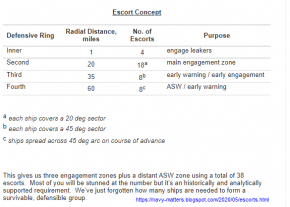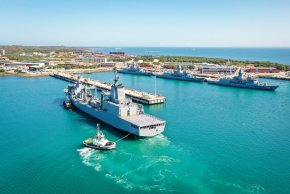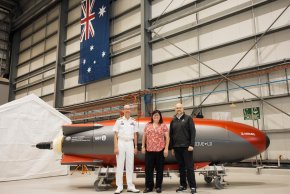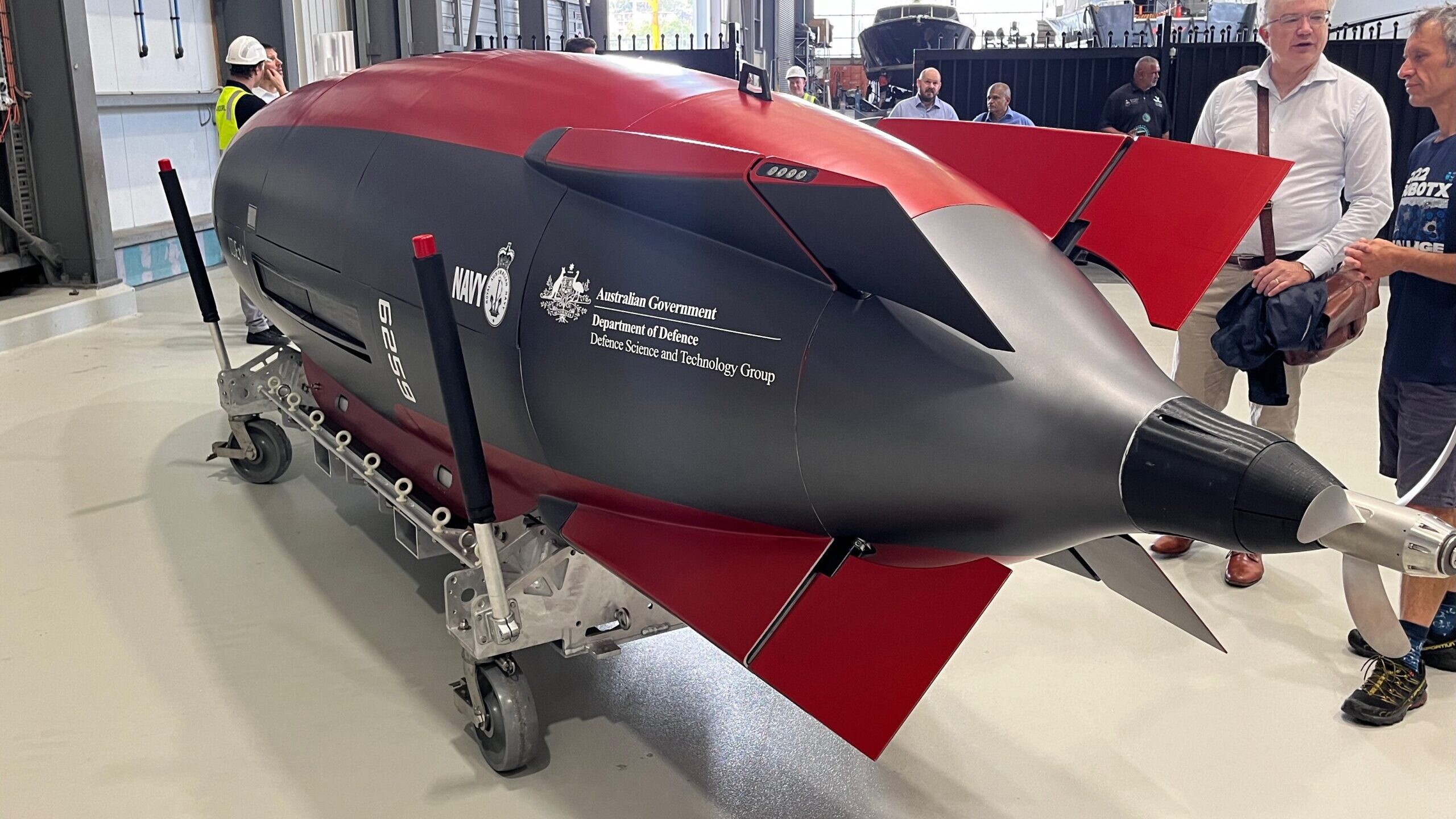WRT the IJN sub fleet, I think it would've been a different story if the IJN had taken an approach similar to the Doenitz's U-Boat fleet, or that of the USN sub fleet. Those huge I Class subs were great but they could've been more aggressive and also had a larger fleet of smaller subs.The maths that we did differed slightly (in scenarios and numbers) but ended up with similar results. We identified that the number of escorts the ARE/ARG would need was probably greater than 1x DDG and 1-2x FFG and closer to 6 - 8 (that provides inner and outer escorts, weighted on threat axis), even up to 12 as a minimum for the full ARG (which may have 4 - 12 transport ships).** We also identified that any reasonable naval threat would have a better submarine capability than the IJN which, when combined with our greater reliance on imports than in 1940s, meant that convoying would likely be required and in turn probably use at least 4 MFU, all of a sudden our need goes up. Obviously those two Task Forces would not necessarily be simultaneous, but those two tasks chewed up hulls bloody quick at higher ends of conflict.
Even at lower ends of conflict, anything that spreads starts chewing hulls quickly. Anti-piracy in the West, medium-level (think Vietnam War level not against China) support in the East, supporting a rescue operation (or any other operation) in the Southern Ocean and all of a sudden the Fleet is over stretched; especially if unfriendly powers start supporting with materiel, intelligence or covert operations and it gets messy. Also note that some of these operations which may have been done by a single ship in the past (especially our Indian Ocean operations through 00's) may need to be done in pairs at least as the capability of the threat increases. If Hezbollah can have C-802s 15 years ago then who knows what can be supplied in 2025.
Regardless of the final decision(s) that may have been made, when, having done the maths, you have Army and RAAF peeps arguing for a massive increase to the FFG and DDG population (with the appropriate increases in all FIC), you know that it's serious.
** this came out later than our analysis, but provides some open source discussions on what an actual escort bill looks like for high value assets: Escorts
That Escorts article was a great read and his suggested escort group for a HVU - High Value Unit, was 38 DDGs, since he's USN. He notes that with the numbers of DDG-51s that the USN have at the moment, they can only form two escort groups. The HVU could be a CVN group, or convoy etc. He says that such a large number of escorts is required because in the modern world the axis threat is from any point, whereas during WW2 it was known because of the performance and range of the combat aircraft available at the time. They didn't have the fuel to spend circling around a HVU before attacking, which would also give the flak crews time to prepare a warm welcome. Today with cruise missiles the threat axis is around the whole compass. He notes that a ship will get 4 missiles off in time per engagement and no more, going on to say that "those ships with 1,000 VLS are a waste." What he suggests is a layered defence in 4 concentric rings with the furthest ring being 90nm from the HVA.

It's covering those sectors that are the issue and you need the ships to do it. Using those numbers it would take the current RAN, RCN, RN & RNZN combined just to form one escort group of their own. That's stunned mullet material.



